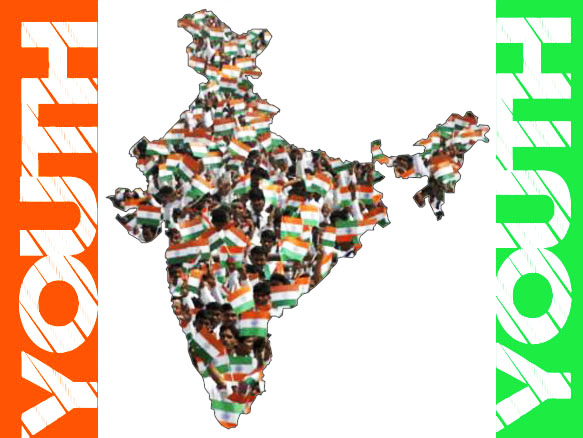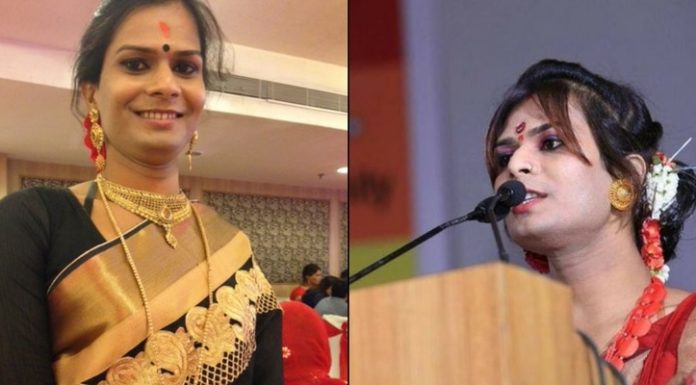India at present is privileged to have a ‘demographic dividend’, which in economic term implies having a greater labour force than the population dependent on it. As anticipated by experts, by 2020, India is set to grow into the world’s youngest country with the average age in India being 29 and 64% of its population belonging to the working age group. The current demography is expected to be a bliss for many nations counting the developed ones. In view of the comparatively aging population of developed countries like South Korea, US and China, the demographic potential of India offers its economy a fillip that economists are certain could add a significant 2% to the GDP growth. The biggest advantage of having a youthful population is that there is an abundant supply of labour if natural resources and industrial needs are to be exploited which in turn generates tax income for the country. A boost in earnings, savings and productivity in India will help its economy leap forward, much like the way China performed in the early 1980s once.
However, we have a reputation of taking things for granted and in that case, a blessing as this could lead to a considerable misfortune if it is deprived of the attention it deserves. There are instances from the past and recent times to ascertain this. Uttar Pradesh found itself at the center of national news due to its rise in unemployment graveness in September 2015 when around 23 lakh candidates applied for the post of a peon in the government secretariat whereas there were only 368 vacancies. The situation was considered more severe because applicants included 250 doctorates, around 25,000 post graduates, 1.5 lakh graduates and more, despite the eligibility requirements being only qualification of a class 5 student and cycling skill. Another major incident from recent times is reflected from the jobs reservation protest by Jats in Haryana which almost brought New Delhi to a dead end.

So the question is what major steps could be taken to prevent reprise of such horrific episodes? And on honestly interrogating, aren’t measures already being taken and implemented? But are they being recognized and executed correctly? Or, are the policies enough in stimulating results?
Suggestive solutions on being pondered upon comes down to the following :
1. India’s public education system is appalling with the quality of education being significantly low and high drop-out rates. To add to the spectacle, gender biasness is still very much in practice in many parts of India. With a staggering education system, allowing no reforms, along with a high female illiteracy rate, the educational gains of the next generation appear gloomy. Also, India’s economy demands skilled labour because in the next ten years a huge labor force is likely to enter in. If the population does not experience an escalation in education and skill-enhancing level then it shall lead to unemployment, finally resulting in unrest and violence. The need of the hour is to not only bring reforms in the education system but also guarantee an inclusive growth. Higher education must also be encouraged.
2. India also lacks behind in respect to its healthcare sector with the government’s expenditures on public health amounting to a mere 1.2% of GDP. A demographic blessing will turn into a nightmare if the working population is not sufficiently healthy. Compromising on a population as huge and diverse as India’s would be a critical blunder. Indian governments could advance following the examples of China and Brazil who spend 5.5% and 9% of GDP on healthcare respectively. The best model to follow would be African countries, many of which pledged to allocate 15% of their GDP to public health.
3. The third crucial step is improving the standards of research and data collecting institutes. The focus should be on nurturing the youth and polishing them on the basis of genuinely gathered data that reveals the features of approaching employment requirements rather than working on vague assumptions.
4. Lastly, there has been a rising trend of job creators in India rather than the centuries-old traditional way of settling for ‘safe’ jobs. As adventurous as it sounds, the social position of entrepreneurs have been uplifted with start-ups like Ola, Oyo Rooms and many more catching up the heat. This similar surge of risk-taking endeavors was only seen in the pre-colonial period until now. The only option our country is left with is identifying customers’ needs and generating ideas to create jobs. Government should understand the importance of the same and loosen up trade and concerned laws.
It is true that success is delivered only when policies have maximum impact at minimum cost. This demographic transition of India after independence might not have been predicted few decades back. But a boon which satisfies the visionary requirements of the true warriors of India should not be only well taken care of but also be gratified with proper utilization for the forthcoming generations in the name of prospering India.





























